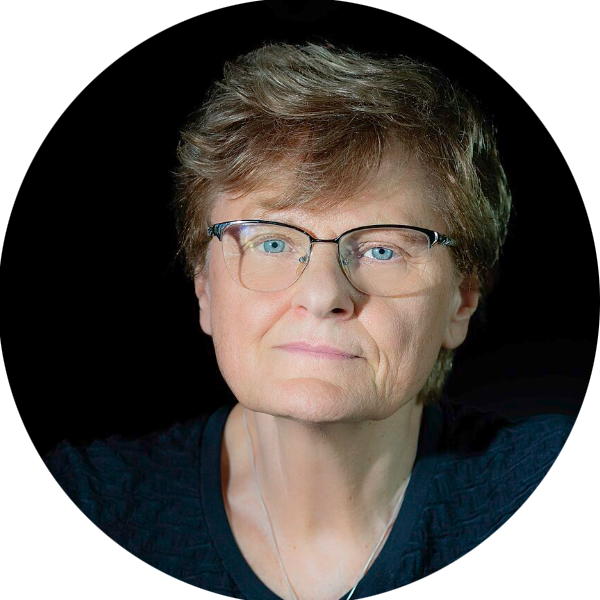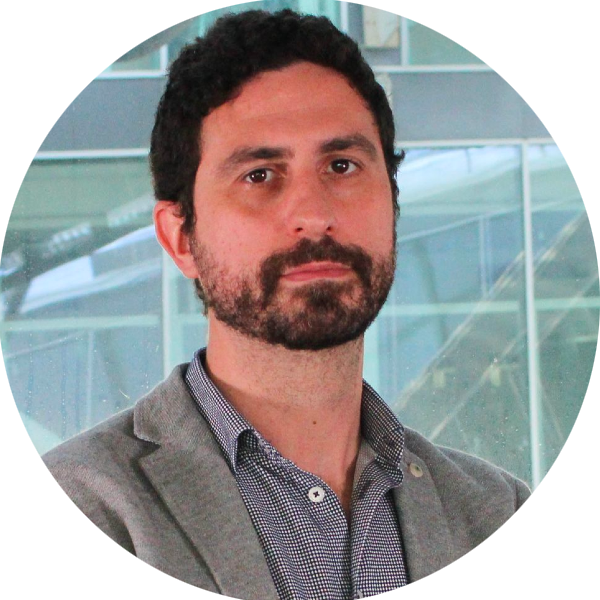
- Start date
- Duration
- Format
- Language
- 27 Oct 2025
- 3 days
- Class
- English
Empowering professionals to harness AI for effective decision-making, greater efficiency, performance optimization, creativity and marketing strategies' innovation.
When we think of personalized services and products, the pharmaceutical sector is hardly the first that comes to mind. And yet, the life sciences industry (as the sector has been renamed for the extraordinary impact that various scientific and technological fields are having on our existence) is the one that, more than others, is experiencing the disruption of this new industrial revolution. Alongside groundbreaking innovations such as the completion of the Human Genome Project and the technological instruments that now enable us to see organisms at the atomic level with sophisticated microscopes, we must also consider artificial intelligence in all its forms.
It will certainly take years before prevention and personalization can truly help healthcare systems manage resources more efficiently. But the good news is that we are finally seeing technologies and innovations in action that let us glimpse the destination ahead.
Let us start with the state of the art.
Formulating a new active ingredient that qualifies as a radical innovation requires close to 10 years and some €2 billion, an investment that only major pharmaceutical companies can afford. For a molecule to be launched, it must be validated theoretically, proven biologically, tested on animals to demonstrate its validity, and then undergo three fundamental and costly clinical trials to confirm its actual effectiveness. Before being released, it must be tested for the absence of side effects, in addition to its impact on patients. Trials that often force a return to earlier stages, if not the outright termination of the project.
In recent years, however, the context has begun to change.
Covid-19 represented a natural experiment of what can now be done. Within eight months, we had three drugs available, one of which was developed with an experimental and highly innovative technology, messenger RNA, which also earned Katalin Karikó—the scientist who conceived it—the Nobel Prize. True, it required continental-level coordination to tackle a global problem, something hardly replicable in normal circumstances. But it stands as proof that science and technology today far surpass the expectations usually associated with the sector.

Katalin Karikó
(by Christopher Michel)

Andrea Sottoriva
Thanks to artificial intelligence, for example, computational biology can deploy powerful deep learning models capable of seeing what the human eye cannot. Researchers at Human Technopole in MIND (Milan Innovation District), led by scientist Andrea Sottoriva, have just identified a new biomarker for prostate cancer. Not to mention Demis Hassabis and John Jumper of Google DeepMind, who won the 2024 Nobel Prize in Chemistry for achieving protein folding with AlphaFold, anticipating work that would have taken humans decades to complete, given its complexity and costs.
Today, laboratories experiment on organoids, i.e., cell aggregates that spontaneously self-organize in culture into a complex three-dimensional shape resembling an organ. These provide new tools for discovery and for understanding how compounds work before testing drugs in vivo on animals and patients. There are also new technologies that enable gene editing and the production of stem cells. In short, new procedures are already being tested for rare diseases, with promising potential.
The industry is buzzing. A host of specialized companies enrich the drug discovery and development phase, increasingly pushing big pharma to focus on testing and to forge alliances that benefit from these results. In short, this too is “open innovation,” with an ecosystem enriched by small and medium-sized specialized firms, sometimes founded by scientists in fields that did not even exist a few years ago.
And then there is all the data we are learning to use—even in a rather artisanal way—through smartwatches and wearables, whose adoption is growing exponentially. These will increasingly draw our attention to critical signals from our bodies. Scholars like Professor Mike Snyder of Stanford University, who has founded 17 startups worth a combined $7 billion, have begun carefully linking such data with samples studied in genomics and proteomics, to foster a stronger focus on prevention.
In short, much remains to be built, but the direction is clear. It is encouraging to know that Europe and Italy have a thriving, competitive sector, well positioned both to create local value and to make a significant impact worldwide with new therapies and new drugs.